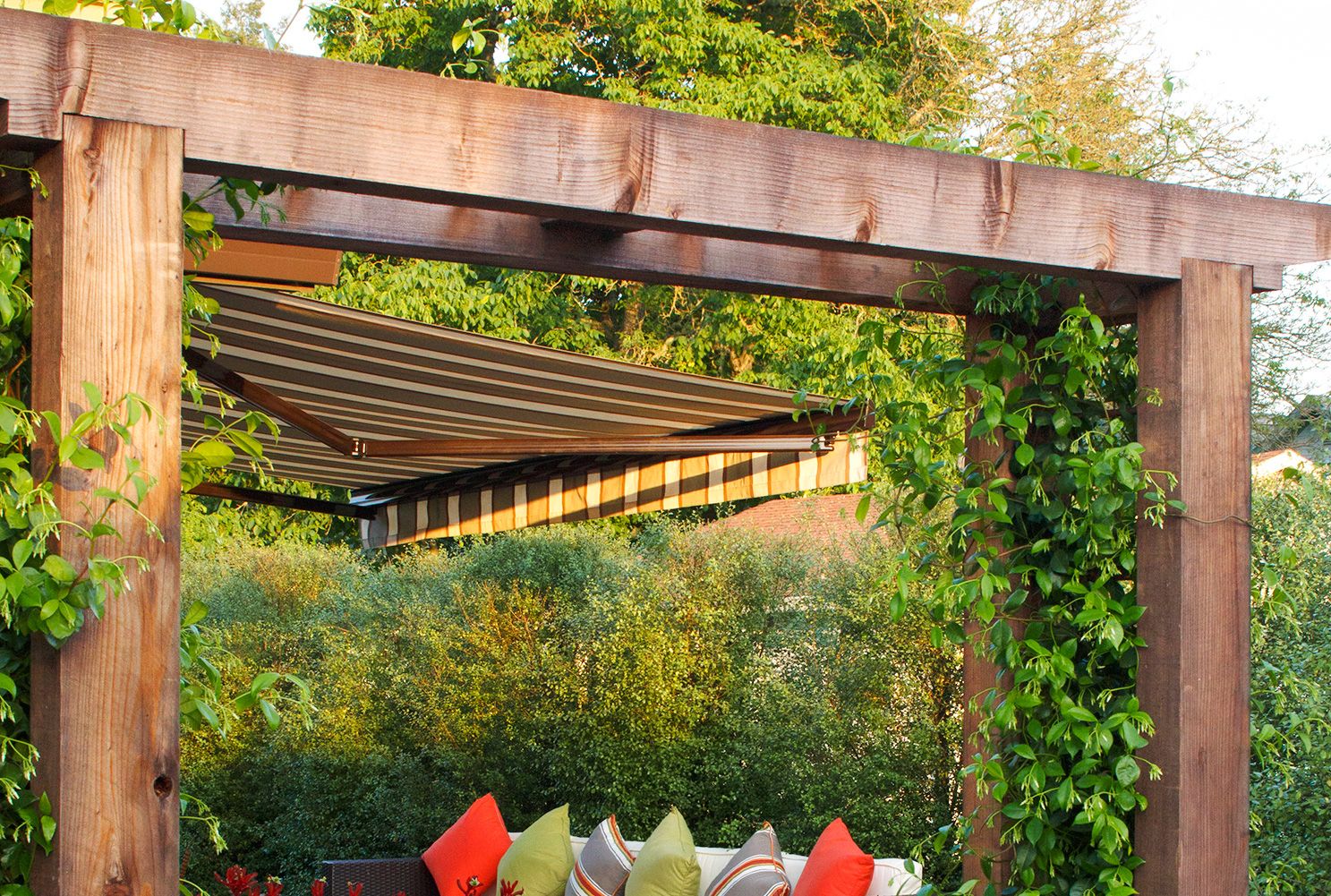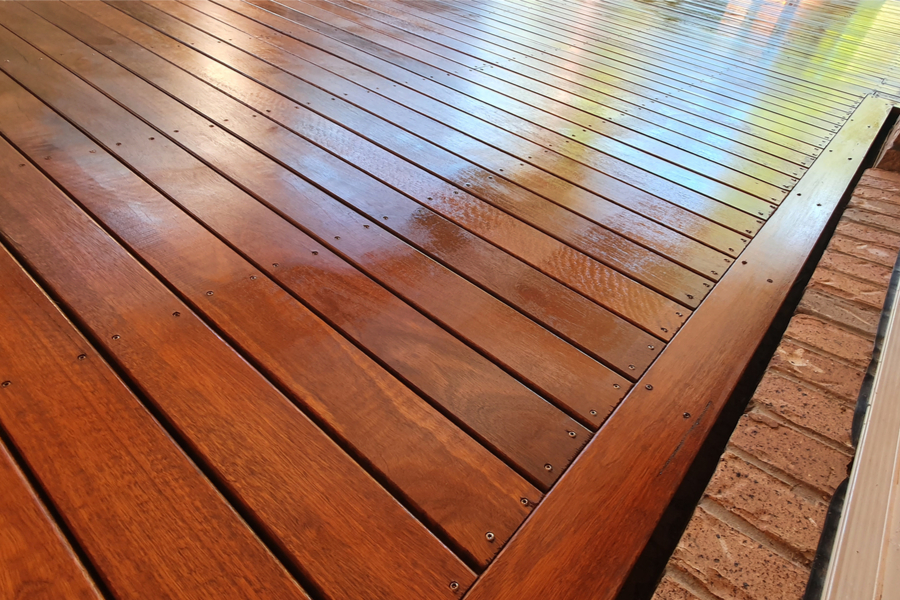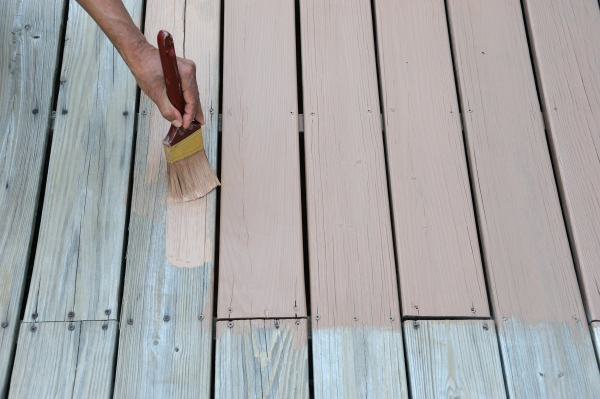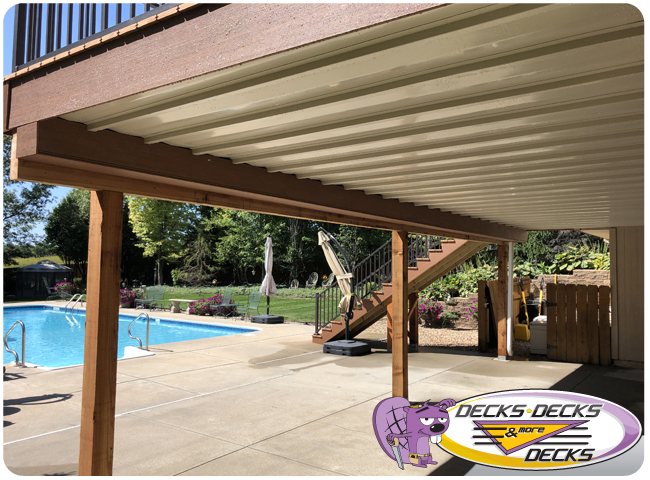Fascia Overlay and Wrapping: Enhancing Your Deck’s Look and Durability
When it comes to building or renovating a deck, the final touches play a crucial role in both the appearance and longevity of your outdoor space. One of the most important finishing elements is the deck fascia—the vertical board installed along the edges of the deck frame. With techniques like fascia overlay and fascia wrapping, you can significantly enhance your deck’s aesthetics while protecting it from the elements. In this blog, we’ll explore the importance of deck fascia, how fascia overlay and wrapping work, and why they’re great additions to any deck project.
What Is Deck Fascia?
Deck fascia refers to the boards installed along the outer edge of the deck, covering the exposed joists and beams. These fascia boards provide a polished, finished look to your deck while protecting the underlying structure from weather exposure and damage. Installing fascia is essential for any deck, whether it’s made from wood or composite materials, to ensure a neat appearance and long-lasting durability.
What Is Fascia Overlay?
Fascia overlay involves adding an extra protective layer over the fascia board, usually using a specialized material such as composite, PVC, or aluminum. This method not only enhances the appearance of the fascia but also extends its life by providing an extra layer of protection against moisture, UV rays, and general wear and tear. Homeowners often opt for fascia overlay to improve the look of their deck without needing a complete replacement of the fascia board.
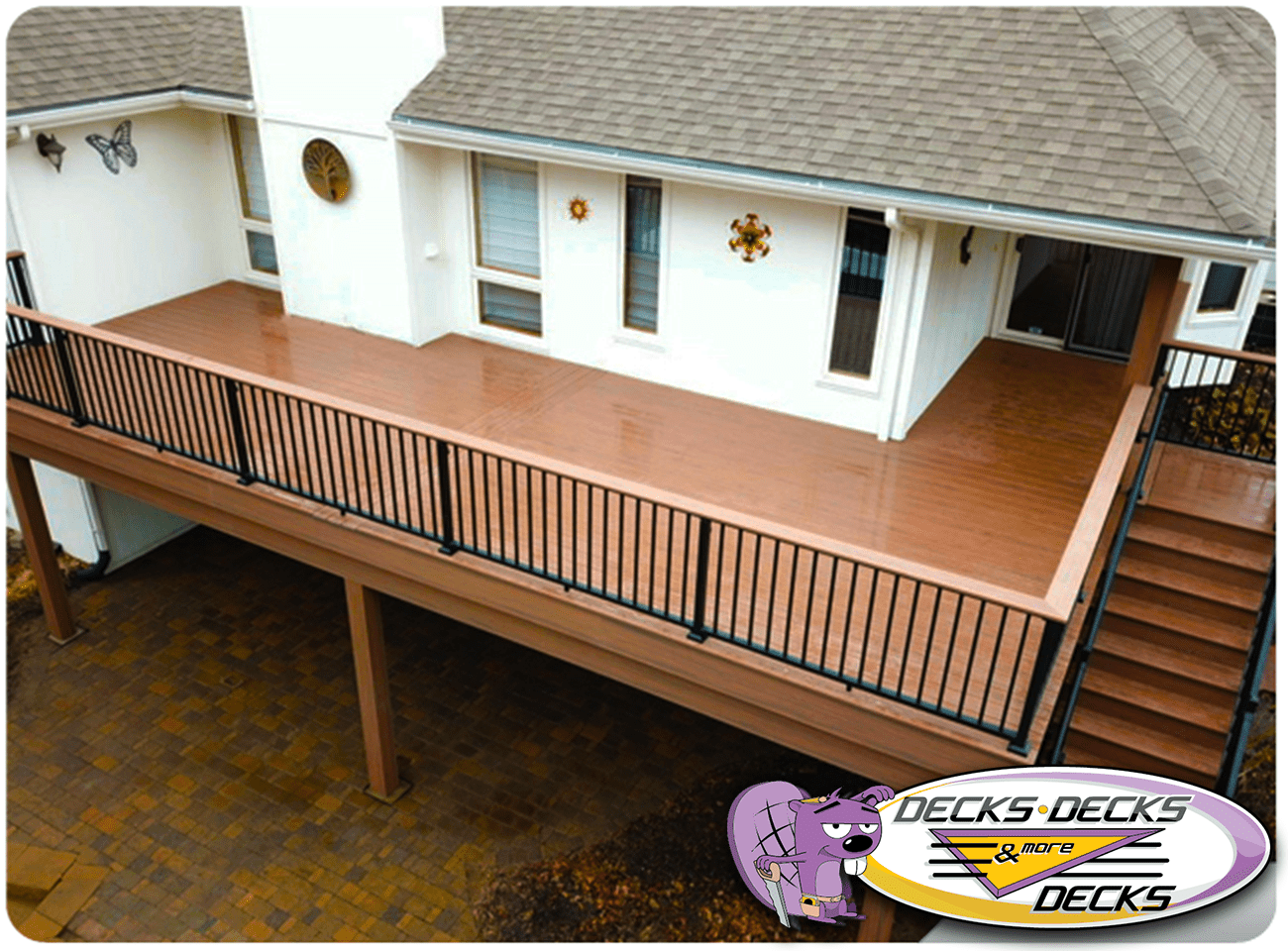
What Is Fascia Wrapping?
Fascia wrapping is another popular technique used to protect and upgrade deck fascia. Unlike overlay, fascia wrapping involves encasing the fascia board entirely, usually in aluminum or vinyl, which forms a waterproof barrier. This is particularly useful for wooden decks, as it prevents water infiltration, rot, and warping, ensuring the wood remains in good condition for years. Fascia wrapping is ideal for those looking for low-maintenance solutions for their deck, as it eliminates the need for regular painting or staining.
Benefits of Deck Fascia Installation
- Aesthetic Appeal: Fascia boards provide a finished, clean look to your deck by covering the exposed joists and frame.
- Protection: Installing fascia protects the deck’s substructure from moisture, pests, and weather damage, extending the life of your deck.
- Low Maintenance: Composite or vinyl fascia boards, along with fascia wrapping, require little upkeep, making them perfect for those who want durability with minimal maintenance.
How to Install Deck Fascia
Deck fascia installation typically involves measuring the perimeter of the deck, cutting the fascia boards to size, and securing them along the deck’s edges. If you’re adding a fascia overlay, you’ll first install the fascia board, followed by applying the overlay. For fascia wrapping, the fascia board is first installed, and then the wrapping material is carefully secured around it. Both techniques should be done with precision to ensure the fascia is aligned correctly and provides a smooth, professional look.
Conclusion
Whether you’re building a new deck or upgrading an existing one, using fascia overlay or fascia wrapping can greatly enhance the appearance and durability of your outdoor space. By protecting your deck fascia with these methods, you’ll prevent moisture damage, improve the overall look, and reduce the need for regular maintenance. Investing in proper deck fascia installation is key to ensuring your deck remains a beautiful and functional part of your home for years to come.


